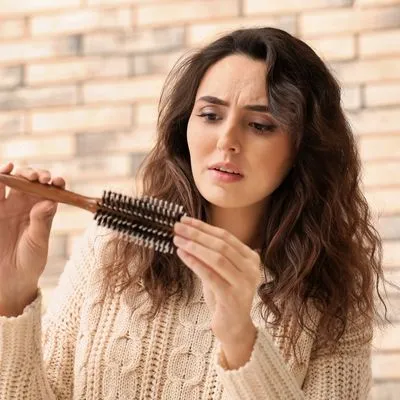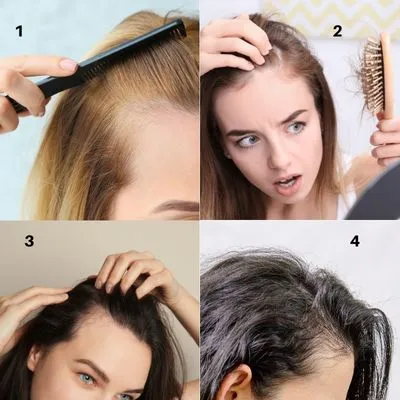Hair loss can affect a person’s appearance and confidence. One-third of all women experience at least one form or another in their lifetime, with up to two-thirds suffering from hair loss post-menopause. Females have a higher risk of hair loss than males due to the different hormonal changes they experience lifetime. Here we will have a detailed discussion about female pattern hair loss and what can be done to mitigate it.
What Is Female Pattern Hair Loss?
Female pattern baldness, or androgenetic alopecia, is the most common type of hair loss in women. Male-pattern baldness is similar to female-pattern hair loss, except that it occurs in a different pattern.
What Causes Pattern Hair Loss?
There are several factors that could lead to female pattern baldness such as:
• Unhealthy lifestyle
• Nutrition deficiencies
• Changes in the levels of hormones
• Genetic history of baldness
• Heavy loss of blood during menstrual periods
• Usage of estrogenic oral contraceptive
Classification Of Female Pattern Hair Loss
Female pattern hair loss is divided into 4 categories:
1. Androgenic alopecia
Androgenic alopecia, or female pattern baldness, is similar to male pattern baldness, except that women lose their hair in a different pattern than men. This condition tends to cluster in families genetically.
2. Alopecia Areata
Alopecia areata can cause hair loss in small patches that may not be noticed. When the immune system attacks the hair follicles, it results in hair loss. In some cases, the eyebrows, eyelashes, and face are noticed when there is sudden hair loss on the scalp.
3. Frontal Fibrosing Alopecia (FFA)
FFA is scarring hair loss, affecting the hair margin at the front of the scalp. This happens due to inflammation and destruction of the hair follicles. FFA occurs mostly in postmenopausal women of different ethnicities.
4. Telogen Effluvium
Telogen effluvium is a condition in which hair growth stops. The cause of telogen effluvium is a hormonal imbalance or stress. Telogen effluvium typically occurs in women who have recently given birth and may also occur in women who have been through menopause. The condition may last for several months or several years.
How Do Genes Impact Hair Loss Risk?
Genes regulate several body metabolisms, so it’s the same with hairs. Around 70% of hair loss risk is caused by genetic changes. With advancements in genetics and DNA technologies, scientists have reported more than 300 genes associated with different hair loss conditions.
A study conducted on people from the UK and USA has revealed that genetic changes in the androgen receptor (AR) gene, a gene that regulates hair growth, are linked to hair loss. Those who carry the “negative” version of this gene were at higher risk for androgenic alopecia than those without it. Many other genetic changes associated with nutritional deficiencies causing hair loss have also been reported.
Personalized Hair DNA Test: One-Stop Solution For Hair Loss
Hair DNA testing can determine whether you or anyone else is at risk for hair loss. A hair doctor can determine whether a client’s balding is caused by a hereditary factor using a simple saliva test. Hair loss can be mitigated with this test, which means you can find out what are the root causes of your hair loss and what can be done to help prevent hair loss in the future.
This test also serves an important purpose-it helps doctors to determine which medications or drugs will work most effectively in the individual patient.
HairLIFE: Your Hair Loss Solution Partner
With the HairLIFE hair DNA test, you can determine your genetic hair loss risk. If you have a family history of baldness you can learn more about your chances of experiencing hair loss issues. This test is perfect for those with concerns about thinning hair, or with balding problems, and helps identify genetic factors that are associated with hair loss conditions. This information will allow you to make more informed choices regarding your hair care and treatment options.
Visit the HairLIFE page if you want to read more about different hair loss conditions in males and females and how our test can help you achieve long-term healthy hair.






